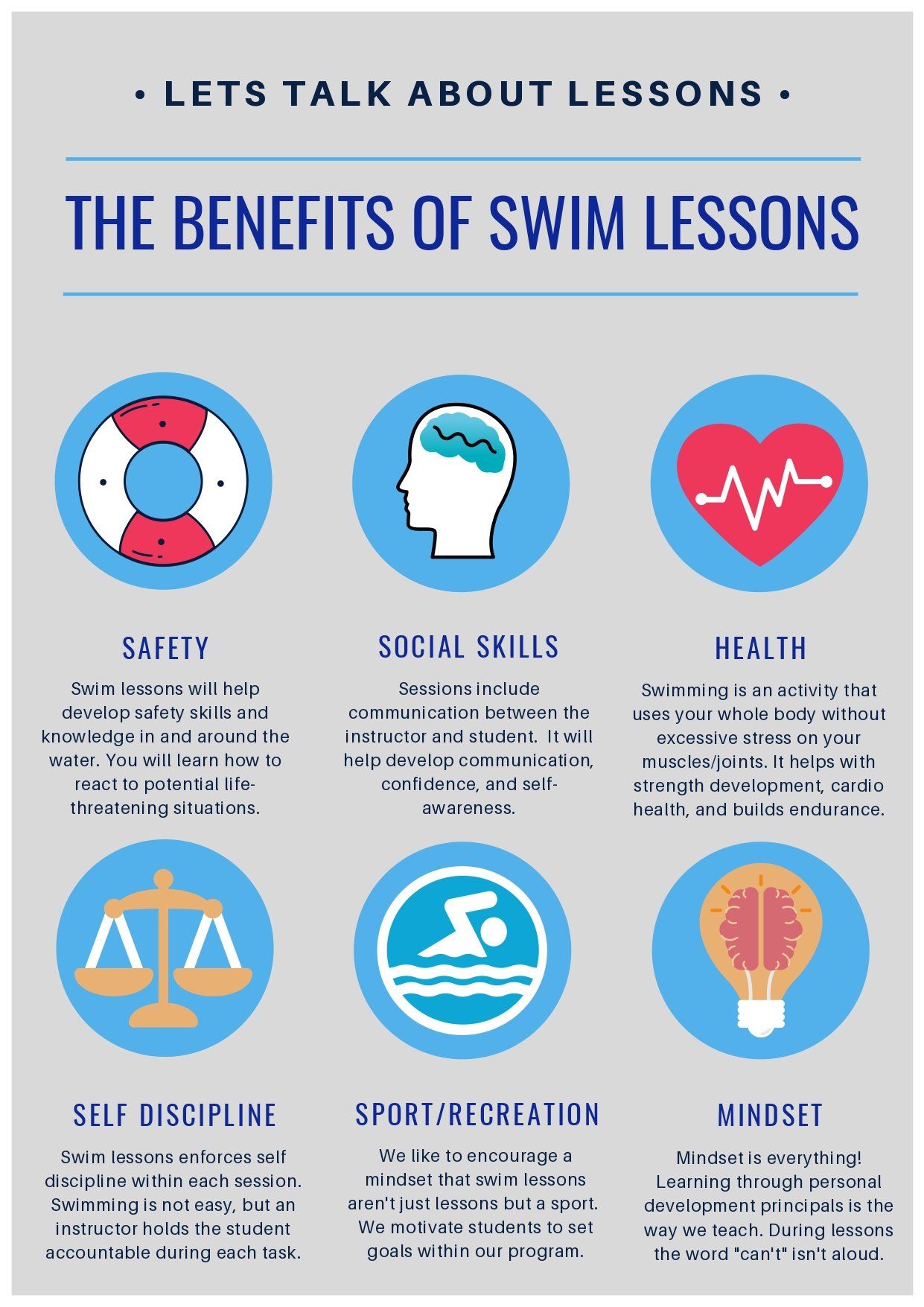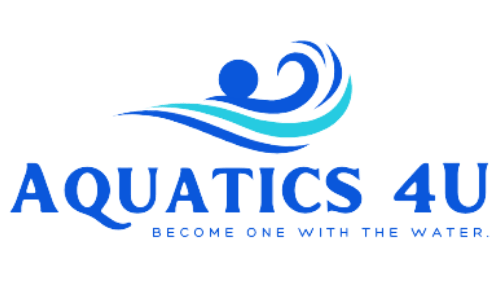Our Teaching Approach
Our Teaching Approach
Safety → Stroke → Swim
We wholeheartedly believe that swimming should be fun, but first and foremost, we ensure that students know to take lessons and swim safety seriously. In all our swim programs we share this ideology through lessons to protect them from potential life-threatening situations. Our teaching concept is designed to teach basic safety skills first, followed by stroke development and ultimately, all the elements to becoming a strong swimmer!
Therefore, our 3-step process is: Safety → Stroke → Swim
How do we teach?
- Safety: Each swim lesson is centered around safety. The #1 safety skill in swimming is floating, which is the ultimate lifesaver. The most important element of our lessons is ensuring that each swimmer learns to find their buoyancy in the water.
- Swim-Float-Swim: This method is used to teach children how to independently breath while swimming. This is the most effective way that a child can learn to swim because it puts their body into a safe, horizontal position while breathing to ensure they can swim longer distances on their own. This also will help them learn rotary breathing, breathing to the side, as they move up through our program. Other swim schools commonly teach children to lift their head up to breath, this is not the safest or most effective way of learning to swim. It can hinder them from moving forward, and also small children do not typically have the strength to effectively breath using this method, which can lead to them sucking in water.
- Proper Kick Development: This is also one of the most important skills we teach in swim lessons. We teach our swimmers how to use the proper horizontal kick to propel forward. The technique we use is very effective in graduating past the bicycle kick method that is the result of the use of floaties.
- Underwater Skills: We teach underwater skills including diving to help our swimmers become adept at finding buoyancy. We encourage this by teaching breath-holding techniques that allow our swimmers to go deeper underwater with the ability to find their way up to the surface into a float.
- Stroke development: Stroke development is another essential step in our program. Once our swimmers master the swim-float-swim technique we help them learn and master proper stroke technique. Our stroke instruction has our swimmers develop their endurance in the water and teaches them to be strong, independent swimmers.
- Affirmations/Positive Mindsets: Our swim lessons, in addition to teaching physical skills, help instill positivity and confidence in our swimmers. Positive mindset development is a core objective in our instruction. In each lesson, we highly encourage our swimmers through the use of positive language. We also make sure each swimmer is using positive language about themselves and their experience in the water!
Why are floaties never used?
Floaties provide children with a false sense of buoyancy and condition them to kick vertically (which can be dangerous as it does not guarantee safety). Using floaties on your own outside of lessons can also cause regression in swimmer skill level. We only recommend the use of a floaty at the beach or in a crowded water environment. Otherwise, applying the skills we teach in swim lessons during leisure time will help your child succeed!

